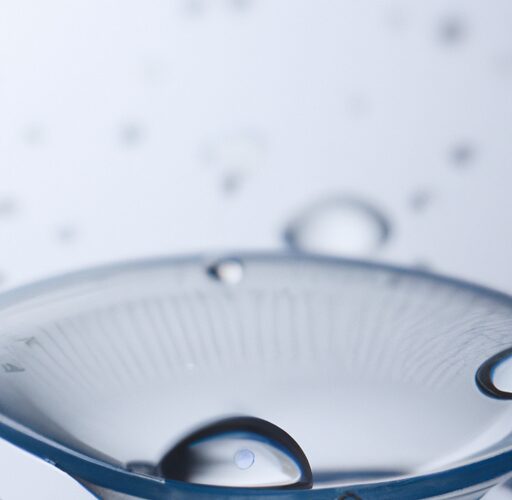Introduction: The Future of Eyewear
Are you tired of traditional eyewear and the hassle of having to clean it constantly? Well, you’re in luck because contact lens sensors are the future of eyewear. They are small, unobtrusive, and offer a wealth of benefits that will change the way we see the world.
What Are Contact Lens Sensors?
Contact lens sensors are tiny wearable devices that are placed directly on the eye. They offer continuous monitoring of various physiological parameters, such as glucose levels, intraocular pressure, and body temperature. This technology allows for real-time data collection that can be analyzed by healthcare professionals or individuals themselves.
How Do They Work?
Contact lens sensors work by using tiny sensors embedded in the lens that can detect changes in the eye’s physiology. These sensors can pick up tiny movements in the lens caused by the expansion and contraction of the eye. They are wirelessly connected to a device that can transmit the data to a smartphone or other device for monitoring.
Benefits of Contact Lens Sensors
1. Continuous Monitoring: With contact lens sensors, you can monitor your health in real-time, allowing you to take action immediately if a problem arises.
2. Improved Accuracy: Traditional monitoring methods can be inaccurate due to external factors such as stress, exercise, and environmental conditions. Contact lens sensors provide more accurate and reliable data over extended periods of time.
3. Convenience: Who doesn’t want a device that can monitor their health without any extra effort? Contact lens sensors eliminate the need for multiple devices and constant measurements.
4. Non-Invasive: Unlike traditional monitoring methods that require blood samples or other invasive procedures, contact lens sensors are placed directly on the eye, making them non-invasive and painless.
What Can They Do?
Contact lens sensors can monitor a variety of physiological parameters, including glucose levels, intraocular pressure, and body temperature. This technology is especially beneficial for individuals living with diabetes or glaucoma, as it provides real-time data that can aid in disease management. Additionally, contact lens sensors can be used in sports performance monitoring, alerting athletes to dehydration or overheating.
Conclusion
Contact lens sensors offer a revolutionary new way to monitor our health and wellbeing. They are more accurate, convenient, and non-invasive than traditional monitoring methods. As technology continues to advance, we can expect to see even more applications for contact lens sensors in the future. Remember, the eyes are the windows to our health, and with contact lens sensors, we can see everything clearly.

